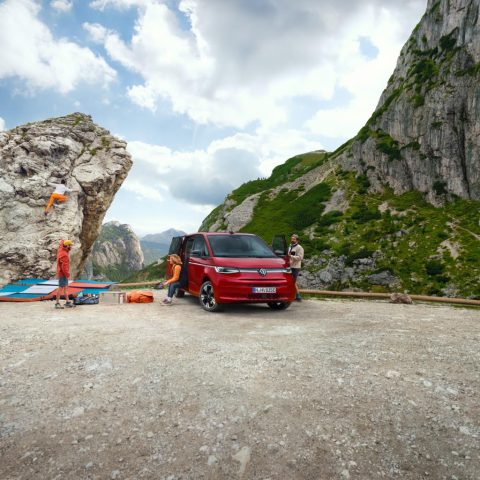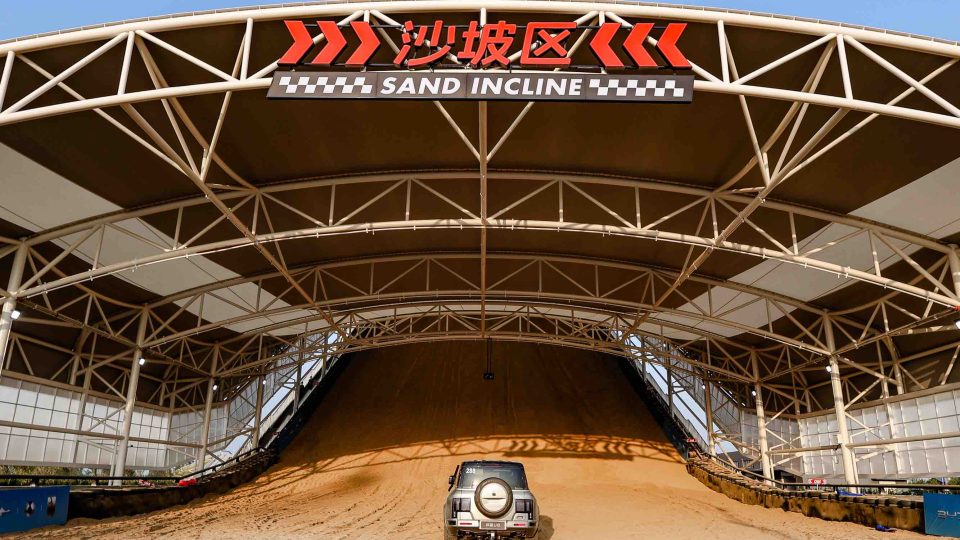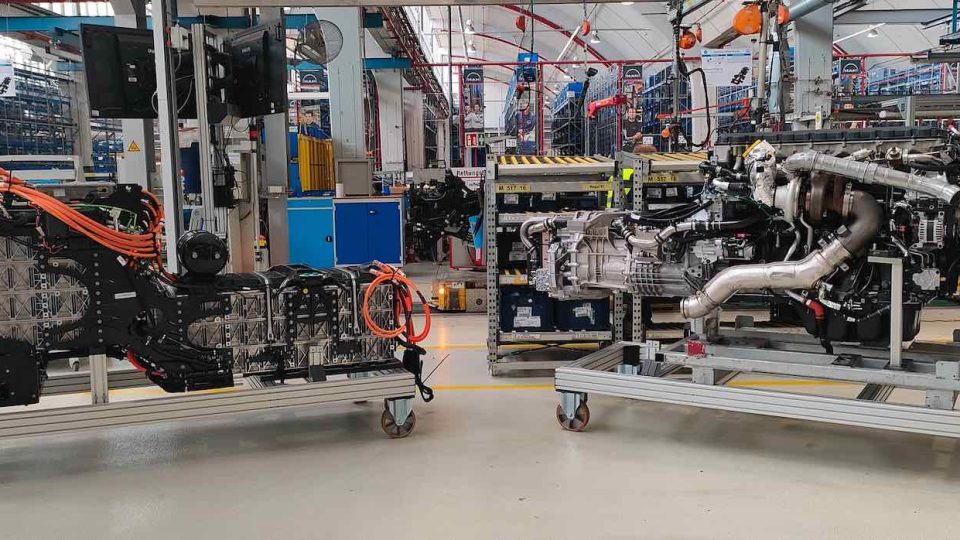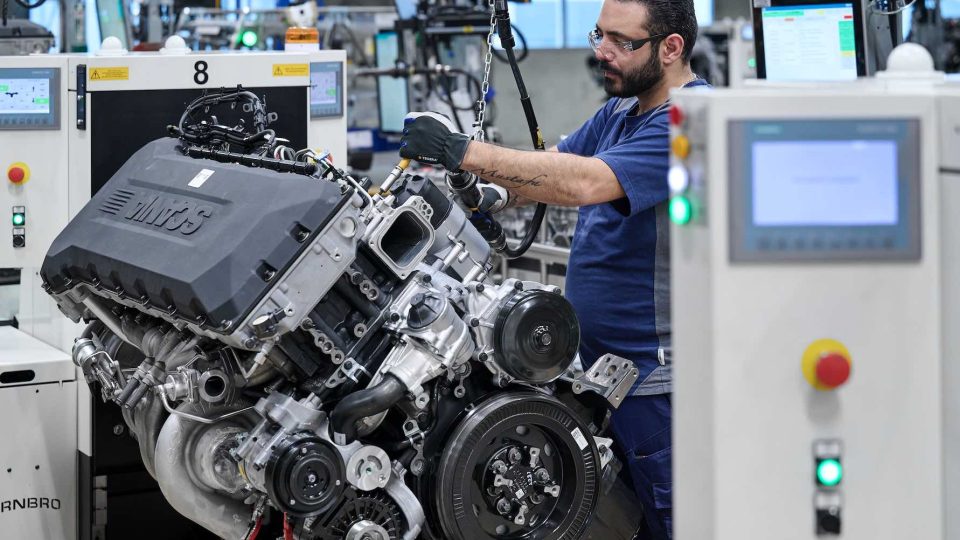VW ‘s hybrid breakthrough
VW Multivan and California eHybrid 4MOTION run woth electric ranges of approximately 90 km

Even on the most iconic models VW has recovered the hybrid option. Has the energy transition really reached a turning point, in the name of technological neutrality?
VW Multivan and California launch with progressive plug-in hybrid all-wheel drive
Volkswagen Commercial Vehicles is electrifying the Multivan and California with a new, progressive plug-in hybrid all-wheel drive. This drive system combines all-electric driving with large combined ranges and maximum traction. The VW plug-in hybrid drive produces a system power of 180 kW. The hybrid system comprises a new 4-cylinder engine (1.5 TSI evo2), an electric drive motor on the front axle and a second electric drive motor on the rear axle. The two electric drive motors are powered by a new lithium-ion battery with an energy capacity of 19.7 kWh, providing an electric range of up to 95 km for the Multivan and 91 km for the California.
Deepening VW ‘s hybrid system
The plug-in hybrid drive of the Multivan and California is a completely new system of the second eHybrid generation. A high-tech turbocharged petrol engine with the designation 1.5 TSI evo2 is used in the new Multivan eHybrid 4MOTION and the California eHybrid 4MOTION. The 130 kW 4-cylinder engine is characterised by innovative features such as a VTG turbocharger with efficient high-pressure injection at 350 bar and the equally highly efficient TSI-evo combustion process. The petrol engine is combined with an electric motor with an output of 85 kW on the front axle. The electric drive motor is integrated into a plug-in hybrid module together with a direct-shift gearbox (DSG). The DSG (DQ400e evo) was specially designed and further developed as a plug-in hybrid gearbox. According to the official, this enhancement now makes it possible for Volkswagen Commercial Vehicles to implement a new and even more efficient hybrid strategy. A third technical module, a second electric drive motor is used on the torsion beam rear axle. This electric drive motor has an output of 100 kW. The drive motors at both the front and rear are permanently excited synchronous motors. Together, the 1.5 TSI evo2 engine and the electric drive motors develop a system torque of 350 Nm, and the maximum power is available almost from standstill.
Talking about battery and charging system
With 19.7 kWh, the high-voltage battery offers almost twice as much net energy as its counterpart in the previous Multivan eHybrid with front-wheel drive. The new generation lithium-ion high-voltage battery consists of 96 cell modules, with temperature control via external liquid cooling. In contrast to a plug-in hybrid drive with pure front-wheel or rear-wheel drive, two power and control electronics systems are used on board the new Multivan and California eHybrid 4MOTION instead of just one. They are located in the front and rear axle areas and manage the energy flow between the battery and the respective electric drive motor. they convert the direct current (DC) of the battery into the alternating current (AC) required to operate the electric drive motors. The front power and control electronics system also serves as a DC/DC converter to supply the low-voltage vehicle electrical system with 12V power. The charger is an integral component of the hybrid system – instead of the 3.6 kW charging capacity available for the first Multivan eHybrid, it is now possible to charge with up to 11kW at AC charging points like home charging stations. For the first time, energy can now be replenished with up to 50kW at DC rapid charging stations while on the road.
Silent electric start and ESC
The Multivan and California’s new plug-in hybrid all-wheel drive is a Group-wide first, combining the latest eHybrid system of the modular transverse matrix (MQB) with an additional electrically powered rear axle for the first time. In the eHybrid 4MOTION version, the Multivan and California always start purely electrically as long as the outside temperature does not drop below minus 28 degrees Celcius. Up to a speed of 65 km/h, the rear electric drive motor is always activated to provide all-wheel drive ‘starting assistance’. The electric rear-axle drive is also available when the battery is empty. The power required for the electric drive motor at the rear axle is automatically generated by the TSI engine and the front electric motor, which, in this case, acts as a generator. Using a decoupling unit, the rear electric drive motor can be automatically removed from the rear axle drive by hybrid control in order to increase efficiency under normal traction conditions.
VOLKSWAGEN AND THE SEMICONDUCTORS
The power distribution of the 4MOTION system is regulated via the Electronic Stability Control (ESC) and is variable, depending on the drive situation or traction at the axles. This means up to 100% of the drive force can be directed to the front or rear axle. If the driver switches from Drive (D) to Sport mode(S), the permanent all-wheel drive is activated – for example, when driving on snow or rough terrain. The driving characteristics and traction are also improved by a low centre of gravity and balanced weight distribution, resulting from the location of the battery (under the front seats) and fuel tank (under the second seat row) as well as integration of the second electric drive motor into the rear axle. The new Multivan and the California eHybrid 4MOTION can be driven purely electrically at speeds of up to 130 km/h. In hybrid mode, the top speed is 200 km/h.











